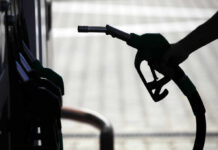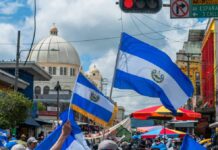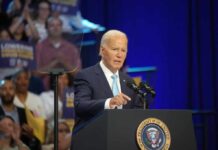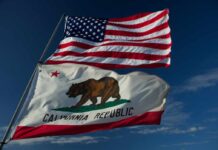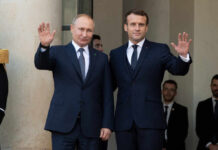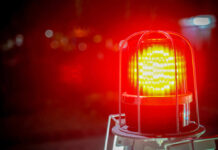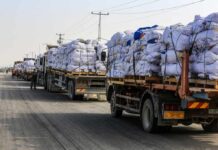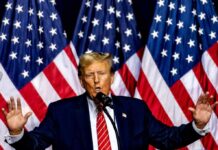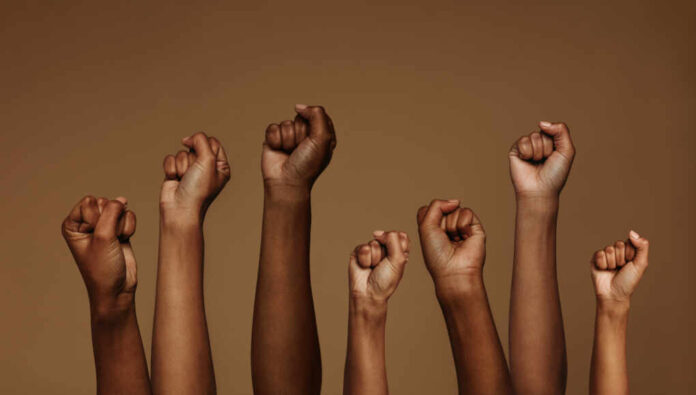
Serbia’s protests have taken a remarkable turn, but will roadblocks force the change?
At a Glance
- Student-led protests demand snap elections, citing corruption and brutality.
- Roadblocks emerged post-collapsed rail station incident, killing 16.
- Protesters leverage mobile roadblocks to evade police dismantlement.
- Demonstrations draw comparisons to the early 2000s against Milosevic.
Evolving Protest Landscapes
Students in Serbia are leading the charge for fresh elections, challenging a government they accuse of corruption and brutality. This wave of dissent has moved beyond rallies, morphing into roadblocks across major arteries, even those vital for the nation’s daily grind. A catastrophic rail station collapse, leaving 16 dead, was the catalyst for these upheavals, serving as the grim reminder of the corruption issues permeating government operations.
Demonstrators set up roadblocks in Belgrade on Monday to protest what they say was electoral fraud in Serbia's recent elections, as President Vucic alleged violence in the capital the previous evening had been pre-planned. 🇷🇸⬇️https://t.co/gt9T9eXqQB
— AFP News Agency (@AFP) December 25, 2023
These protestors don’t merely rely on stationary demonstrations. They implement agile tactics, shifting their locations to outmaneuver and frustrate police squads attempting to dismantle these blockades. This method of disruption symbolizes a more resilient form of civil disobedience, pressing the authorities to address public dissent head-on.
Watch a report: Anti-government protesters clash with riot police in Serbia during massive rally
Clashing with Authority
The capital, Belgrade, has seen its streets and a key bridge over the Sava River blocked. Protestors have engaged directly with ruling party offices, leaving marks of dissent on doors and walls. Tensions between police and protesters have only escalated, resulting in destructive encounters involving pepper spray, batons, and flying rocks, denting both human morale and the city landscape.
“There will be more arrests,” Vucic said. “Identification of all individuals is underway.”
Protestors accuse President Vucic of authoritarian inclinations, blaming him for ensuing violence. Though at odds with public sentiment, his administration remains stubbornly popular and untouched, with no elections scheduled until late next year.
Growing Discontent and International Attention
The accumulated frustration over police responses has not gone unnoticed. The EU and various civil entities within Serbia have condemned what they call “acts of hatred and violence,” amid calls for calm. Nonetheless, the surge of public opposition is reminiscent of early 2000s protests, a fervor that led to significant political shifts.
Authorities find themselves under increasing pressure to balance their political footing with public outcry and civic order. As the summer heat rises, so does the impatience from both sides of the divide, signaling a critical crossroads for Serbia’s democratic aspirations.



